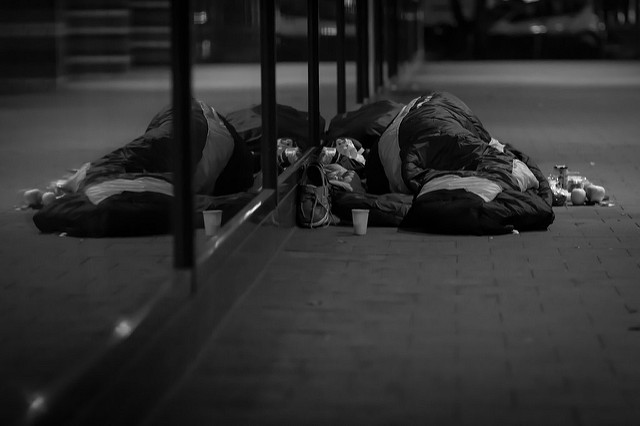
Tessa Coombes – PhD student in Social Policy, University of Bristol
Last Thursday saw the launch of the Bristol City Office, an idea that has been six years in the making. It’s an idea that seeks to address some of the challenges faced by the public sector, with ever decreasing budgets and reducing powers. It’s about partnership and collaborative governance, bringing organisations, individuals and budgets together to tackle the issues that we have failed to tackle before, where collaboration and joint working are essential, alongside the willingness to be creative and innovative. But why will this approach work when other attempts have failed and how is this different?
I’ve been involved in partnership working in Bristol for about 20 years now, and on the surface this could be seen as just another attempt to work together. I can hear the cynical voices already, questioning why this is needed: haven’t we done this before? not another partnership? more talk and no action, what’s the point? These are all questions I asked myself when I was invited to be involved in developing the concept for this thing called the “city office”. Why would it be any different this time?

Mayor of Bristol, Marvin Rees, addressing the launch of the Bristol City Office. Courtesy of Tessa Coombes.
This time I think the context is a key factor in why this might just work. For starters we have a different form of governance in the city, a directly elected mayor who can lead this with greater power and greater visibility. We also have the ‘shadow of austerity’ across the whole of the public sector and local government in particular. The council in Bristol once again faces severe cuts that mean its ability to do anything beyond deliver on statutory services is massively reduced. That’s a big restraint when you are facing big problems in the city that can’t be solved without significant time and resource. We also have a history of partnership working in the city that has delivered change, with business, public and voluntary/community sectors coming together to make things happen. Bringing these elements together, in a new partnership approach, could provide the impetus needed to make a difference. At this meeting, and the one back in July, I saw an energy and positivity in the room that is often lacking. It feels different this time!
But what is this city office, how is it going to work and what will its focus be?
The concept of the city office is about ‘place-based leadership’ bringing key stakeholders and organisations together from across the city to develop solutions to the issue that matter most, issues that to date we have failed to adequately address. It’s also about learning, experimenting and innovating, about not being too afraid of failure and being brave enough to take risks in order to find that set of solutions that do work. The city office is unique in its aim of changing the way we do things, by working together and applying collective resources to the challenges we face, by taking a truly ‘total place’ approach to city development.
It will operate at both a strategic and tactical level, bringing organisations together on project activities that deliver in the short and medium term as well as focusing on creating a shared vision for the future. The concept of additionally is critical here, all the projects and activity of the city office need to bring with them the ability to provide something extra as a result of working together, after all, why get involved if it will only deliver what you do already? So to begin with, two project task and finish groups have been set up to tackle the issues of homelessness and providing quality work experience to young people.

Marc Brüneke/Flickr.com (CC.BY-SA.2.0)
As current issues go street homelessness is one of those pretty much at the top of the agenda. We’ve seen a massive and visible increase in Bristol over the last few years, from less than 10 on any one night in 2012, to around 100 now (official figures). The reasons why any individual becomes homeless and ends up on the street are varied and often very complex, with many experiencing mental health problems or issues with drug and alcohol use. Solving the problem is complex, providing the accommodation and support services for those with the most complex needs is challenging. It’s certainly an area that needs different organisations to work together differently to provide solutions. It’s not just about providing a home, but for those with the most complex needs a ‘housing first’ approach may well provide the security and support they need to tackle the reasons they became homeless in the first place. Bringing the different agencies together that are involved in providing those services, to work together on an agreed joint approach may just help to provide the right solutions. I talk more about the ‘housing first’ approach in a previous blogpost. Homelessness will be the first issue to be addressed by the city office, with a call to action issued by Golden Key.
![By Rob Brewer from Bristol, England (Watershed) [CC BY-SA 2.0 (http://creativecommons.org/licenses/by-sa/2.0)], via Wikimedia Commons](https://policybristol.blogs.bris.ac.uk/files/2016/10/Watershed_night.jpg)
The Watershed at night. Rob Brewer/Flickr.com (CC BY-SA 2.0)
There’s a long way to go on developing the city office, how it works and what it does, but so far the signs are good, positive and the potential is definitely there to influence and create change. It’ll be interesting to see how it develops.
This post originally appeared on Tessa Coombes’ blog.
